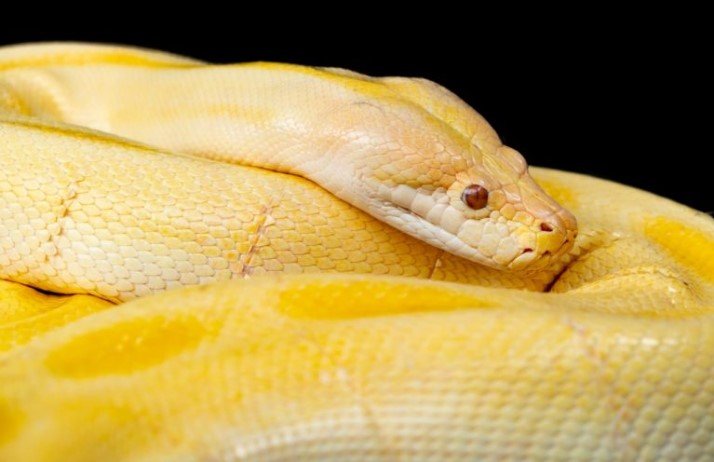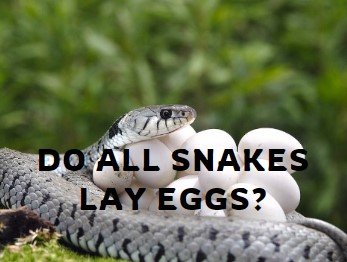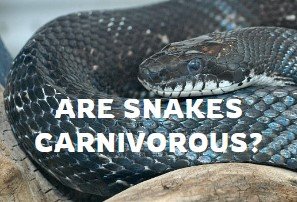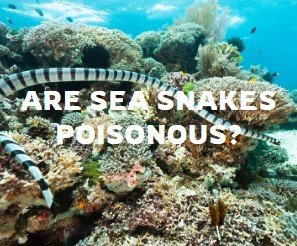Unraveling the Enigma of Self-Cannibalism
The natural world is full of mysteries, and one of the more perplexing behaviors observed in snakes is self-cannibalism. The act of a snake eating itself, known as autophagy, raises questions about the motivations and implications of such a seemingly counterintuitive behavior. Let’s delve into the world of snakes to unravel the enigma of self-cannibalism and explore the factors that may drive this curious phenomenon.

I. Understanding Autophagy:
A. Definition:
- Autophagy, in the context of snakes, refers to the act of a snake consuming parts of its own body. This behavior can involve biting and ingesting its tail, body, or even its own eggs.
B. Rare Occurrence:
- While not a common behavior, instances of autophagy have been observed in various snake species, both in captivity and in the wild.
II. Potential Explanations:
A. Environmental Stress:
- Snakes may resort to self-cannibalism in response to environmental stressors. Factors such as overcrowded enclosures, inadequate temperatures, or limited food resources could trigger this behavior.
B. Hunger and Nutrient Deprivation:
- In cases of extreme hunger or nutrient deficiency, a snake may exhibit autophagy as a desperate attempt to survive.
- Limited access to prey or malnutrition may drive a snake to consume its own body as a source of energy.
III. Reproductive Behavior:
A. Hormonal Changes:
- Some instances of autophagy have been associated with hormonal changes, particularly during the reproductive season.
- Hormonal fluctuations may influence a snake’s behavior, leading to unusual feeding patterns.
B. Egg Consumption:
- In certain snake species, females may engage in autophagy by consuming their own eggs. This behavior is believed to provide essential nutrients for the female during the reproductive process.
IV. Cannibalistic Tendencies:
A. Mistaken Identity:
- In captivity, snakes may mistakenly interpret their own tail or body as prey, especially if kept in confined spaces. This misjudgment could lead to self-cannibalistic behavior.
B. Lack of Recognition:
- Snakes rely heavily on their sense of smell to identify prey. In some cases, a snake may not recognize its own scent, leading to confusion and potential self-directed aggression.
V. Implications and Concerns:
A. Health Risks:
- Engaging in self-cannibalistic behavior poses serious health risks to snakes. Injuries from biting themselves, the consumption of vital body parts, and exposure to infections are potential consequences.
B. Indicator of Stress:
- Autophagy is often considered a sign of extreme stress or unhealthy living conditions. It serves as a warning signal that adjustments are needed in the snake’s environment or care.
VI. Mitigation and Prevention:
A. Adequate Husbandry:
- Ensuring proper husbandry practices, including providing adequate space, suitable temperatures, and a balanced diet, is crucial to preventing stress-related behaviors in snakes.
B. Veterinary Attention:
- If a snake exhibits autophagy or self-cannibalistic tendencies, prompt veterinary attention is essential. Professional evaluation can help identify and address underlying issues.
Conclusion:
In conclusion, the phenomenon of snakes eating themselves, while rare, sheds light on the intricate and sometimes mysterious world of reptilian behavior. Autophagy in snakes is often a manifestation of stress, hunger, or reproductive influences, and understanding the factors that drive this behavior is crucial for effective captive snake management. As stewards of these fascinating creatures, it is our responsibility to provide environments that promote their physical and mental well-being, allowing them to thrive without resorting to extreme and potentially harmful behaviors.
Learn more about Non-Venomous Snakes.





Leave a Reply